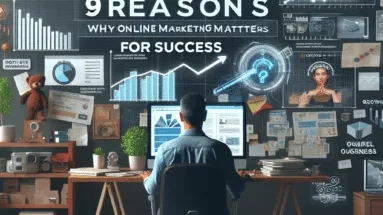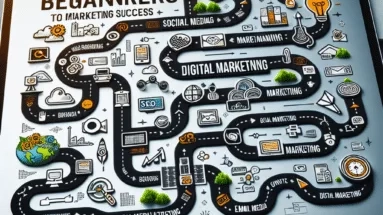
5 Reasons Your Work From Home Routine Is Vital to Your Success
Establishing a Structured Daily Routine

Establishing a Structured Daily Routine

Establish a Dedicated Workspace The Importance of a Designated Area First off, let’s talk about setting up your workspace. When I first started working

The Rigid Structure Can Cripple Your Productivity Setting Boundaries When I first started working from home, the traditional 9-to-5 structure felt like an invisible handcuff. I was bringing all the stress from

Creating a Dedicated Workspace Choosing Your Space Wisely When I first started working from home, I thought I could be productive from anywhere—my couch, bed, or even my kitchen table. But let

Understanding Your Audience Crafting Buyer Personas When I first started out in online marketing, I quickly learned that understanding your audience is absolutely crucial. Buyer personas are fictional representations of your ideal

Enhanced Visibility Reaching a Broader Audience When I first got into online marketing, one of the most eye-opening realizations was how vast the internet is. Your potential audience is no longer just

Know Your Audience Inside and Out Understanding Their Needs To kick things off, I find it super crucial to identify who my audience really

Quality Over Quantity Understanding Engagement

Understanding the Basics of Digital Marketing What is Digital Marketing? Let’s kick things off by understanding what digital marketing actually is. In essence, it’s

Understanding Your Audience Identify Buyer Personas When I first started in digital marketing, I quickly realized that understanding your audience is crucial. Creating buyer

Building Trust with Your Audience Understand Your

Hey there! If you’re diving into the world of digital marketing, you’ve come to

Consistency is Key Building a Routine When I first started blogging, I quickly realized that consistency wasn’t just about posting often—it was about creating

The Negative Impact on Readability Cluttered Content Deters Readers Let me tell you, when I first started out in the SEO game, I thought

Understand Your Audience Researching User Intent Understanding your audience starts with recognizing what they’re searching for and what problems they're trying to solve. I often spend time diving into keywords to uncover

Understand Your Audience Deeply Research and Analyze When I first got into content creation, I found myself shooting in the dark. I realized that

Builds Authority and Trust Establishing Expertise Let me tell you, when you create valuable, informative content, people start to see you as a go-to

Creating a Dedicated Workspace Choosing the Right

1. Understanding the Fundamentals of Keywords What

1. Understanding Your Audience Know Their Needs First and foremost, understanding who you're writing for is crucial. Let me tell you, if you don’t

Define Your Goals and Objectives Understand What Success Looks Like When I first started out in online advertising, I didn’t truly understand what success